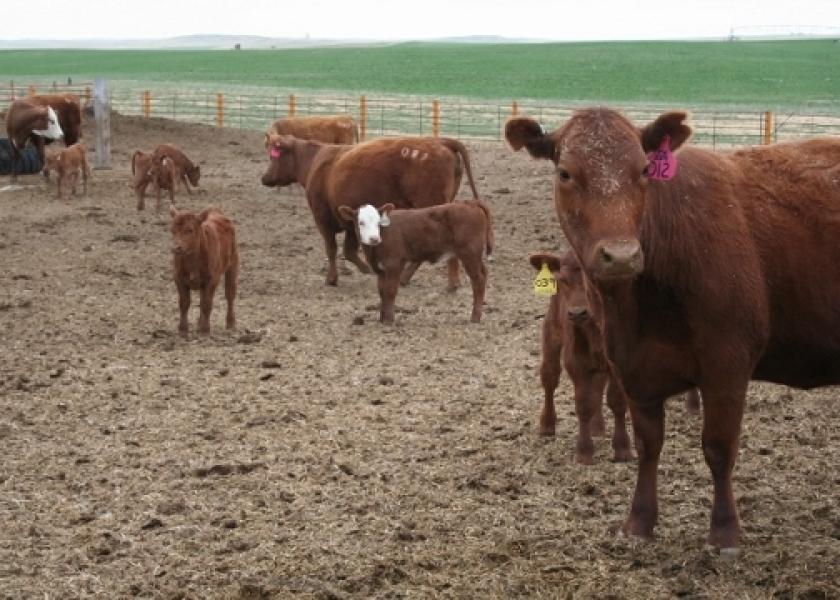APHIS Offers Funds for ID, Traceability Projects

The USDA's Animal and Plant Health Inspection Service (APHIS) is announcing the availability of $1 million in cooperative agreement funding to support animal disease traceability (ADT) and electronic identification for cattle. The money will fund between two to five projects that will help USDA increase the accuracy, efficiency, and cost effectiveness of collecting key pieces of traceability information, while also supporting the cattle industry’s management and marketing needs. These projects will document how to link ultrahigh frequency backtags with other identification devices to collect animal movement and disease program data while still maintaining the speed of commerce. Backtags are used extensively in livestock markets, and we need to learn more about how adding radio frequency identification (RFID) functionality will support traceability in these high-volume, fast-paced environments. The projects will gather important real-world data to help USDA, States, Tribes and industry advance animal disease traceability and implement electronic ID.
ADT helps animal health officials know where diseased and at-risk animals are, where they’ve been, and when. This helps ensure a rapid response during disease events, which can reduce the number of animals and the response time, ultimately reducing the economic impact on owners and affected communities.
States and Tribes can work with industry or academic groups to design and implement their projects and gather the necessary data to advance traceability and benefit the livestock industry. To meet the goals for this funding, the projects will demonstrate capturing of animal movement data at the speed of commerce and how that data can be stored and shared for traceability purposes. Specifically, the projects would address some/all of these objectives:
- Evaluate the effectiveness, economic feasibility, and durability of ultra-high frequency (UHF) back tags;
- Document what ability back tags have to supplement non-UHF official identification in various livestock settings;
- Develop mechanisms/ processes for advancing use of electronic ID and records;
- Define effective and sustainable models of data sharing between industry, states, and USDA;
- Integrate third party data systems into USDA’s Animal Health Events Repository-AHER (Sharing private information with USDA is not necessary to participate in the AHER system);
- Conduct outreach and education to help producers understand long term value of a traceability system to the cattle industry; and
- Help producers get PINs and official tags simply by industry groups serving as tag managers.
Projects are anticipated to begin during or before summer 2019.
Interested cooperators are encouraged to work collaboratively with their State Animal Health Official and apply no later than June 7, 2019 by following the instructions on Grants.gov. Search for “Radio Frequency Identification Project” if the direct link doesn’t work.
If an applicant is unable to submit through grants.gov, APHIS will also accept electronic or paper applications through June 7. Please email MS Word or PDF documents or send standard commercial mail to:
Penny Strang
USDA APHIS VS
2150 Centre Ave, Bldg B
Ft. Collins, CO 80526
Phone: (970) 494-7386
E-Mail: penny.m.strang@aphis.usda.gov







